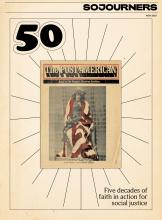DEEPFAKES—DIGITAL CREATIONS in which people appear to be saying and doing things they never did or said—have been around for a while now, mostly as jokey, obviously satirical clips on the internet. In the past decade, the technology has been widely used in entertainment. Carrie Fisher was faked into Star Wars: The Rise of Skywalker. A hologram of Tupac Shakur headlined the 2012 Coachella festival, one of Whitney Houston is about to play Vegas, etc. But this year, in Roadrunner, a documentary about the late celebrity chef Anthony Bourdain, a line was crossed.
Read the Full Article

Already a subscriber? Login
